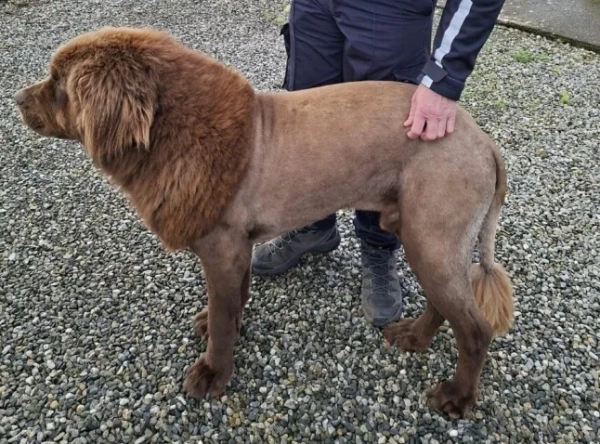This may be the first-ever published audio recording of the Chilean güiña
The smallest wild cat in the Western Hemisphere is about the size of a domestic house cat, with tiny, rounded ears, a face resembling a cheetah cub’s, and a bushy, striped tail. It also sounds remarkably like a chirping bird; you can hear its burbling chirrups in a new recording, thought to be the first published audio of these endearing vocalizations.
Known as a güiña (a kodkod and a Chilean cat, this pint-size feline is native to temperate forests in southern and central Chile, and in western Argentina. And it recently became the 10,000th species to be photographed for the National Geographic Photo Ark, a database of animal portraits celebrating global biodiversity, by photographer Joel Sartore.
Sartore’s thousands of animal portraits, collected over more than a decade, call attention to the beauty of a wide range of species from across the animal kingdom. His images of the graceful güiña are no exception, and his session with the photogenic feline produced the first known recording of the little cat’s voice, National Geographic representatives said in a statement.
Güiñas weigh between 3 and 7 pounds (2 and 3 kilograms); their bodies are up to about 1.7 feet (52 centimeters) long and their tails are up to 0.8 feet (25 cm) in length, according to Animal Diversity Web (ADW), a natural history and classification database maintained by the University of Michigan’s Museum of Zoology. These small cats have large feet and claws, which help them climb trees in their temperate forest habitats, ADW says.
Because the cats are “rare and secretive,” little is known about how they communicate, according to ADW.
Sartore took the Photo Ark’s first photo — a naked mole rat () — in 2006; the 1,000th was a California condor () and the 5,000th was a Persian leopard (). Ultimately, the Photo Ark will document 15,000 species, representing mammals, fish, birds, amphibians, reptiles and invertebrates, according to the project website.
With these portraits, Sartore hopes not only to create a visual record of biodiversity, but also to connect people with endangered and vulnerable species that are threatened by human activity, and to engage people in protecting wild places and species before they disappear forever.
“It’s the eye contact that moves people,” Sartore said in the statement. “It engages their feelings of compassion and a desire to help.”
OFFER: Save 45% on ‘How It Works’ ‘All About Space’ and ‘All About History’!
For a limited time, you can take out a digital subscription to any of our best-selling science magazines for just $2.38 per month, or 45% off the standard price for the first three months.View Deal
Sourse: www.livescience.com




